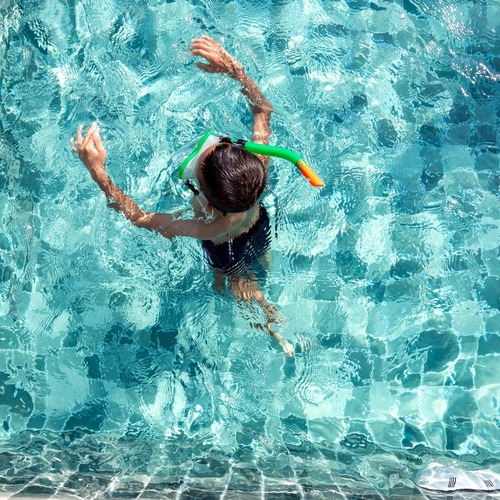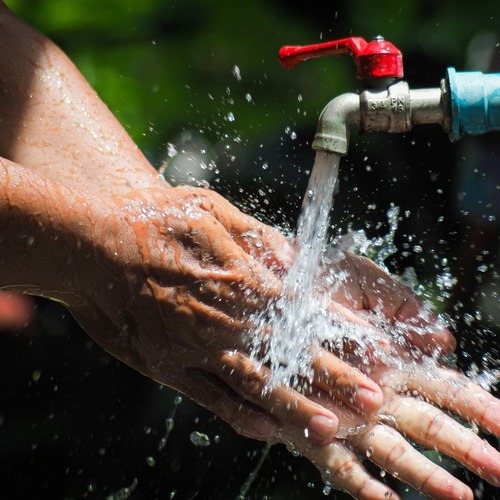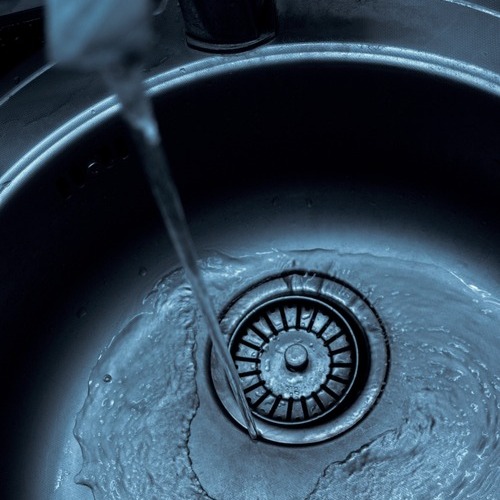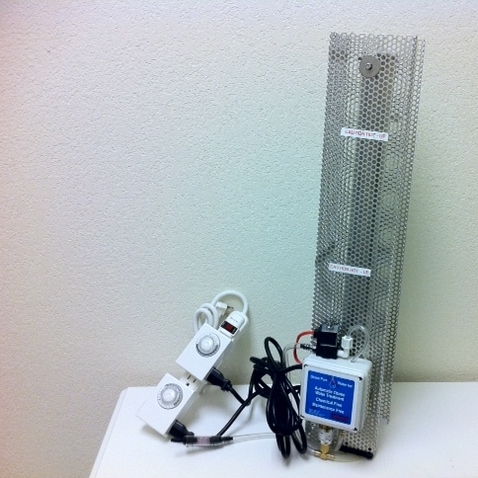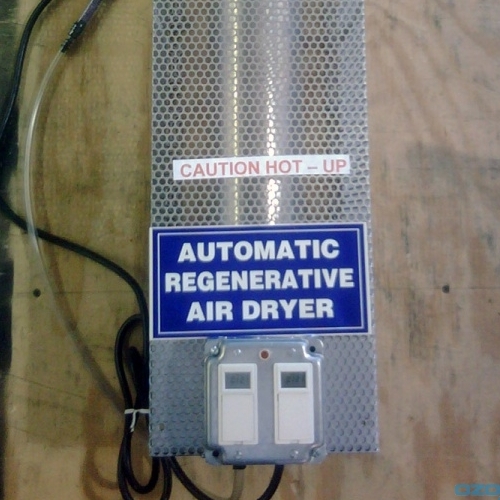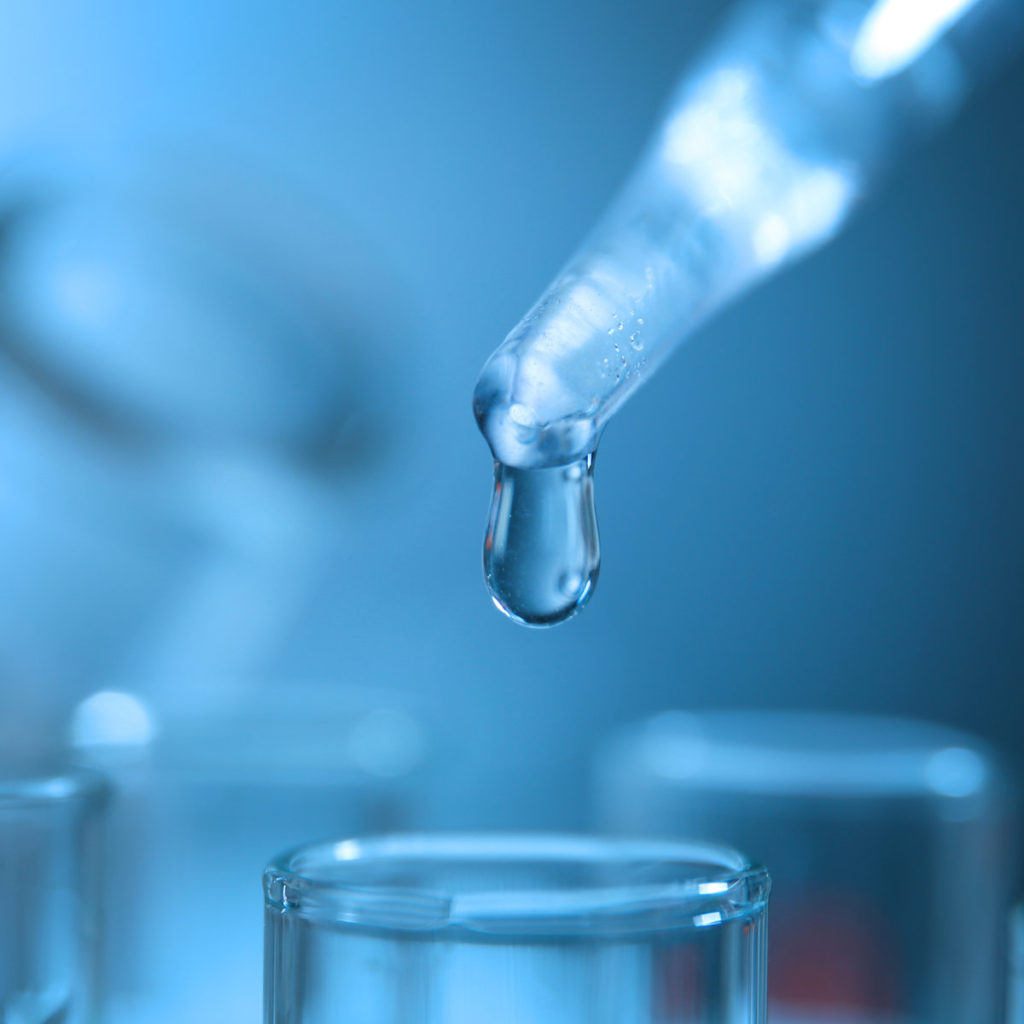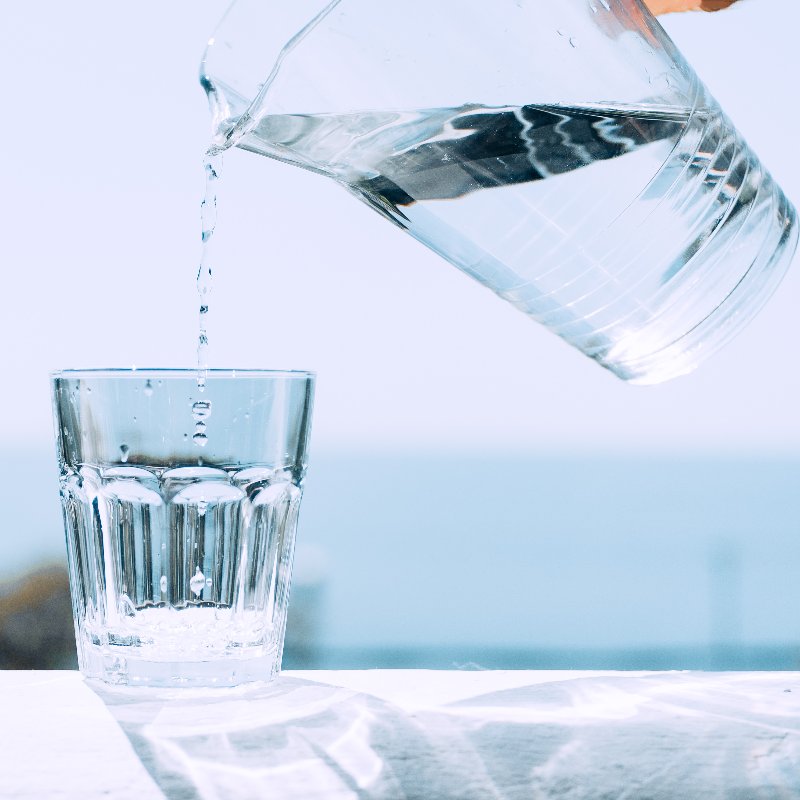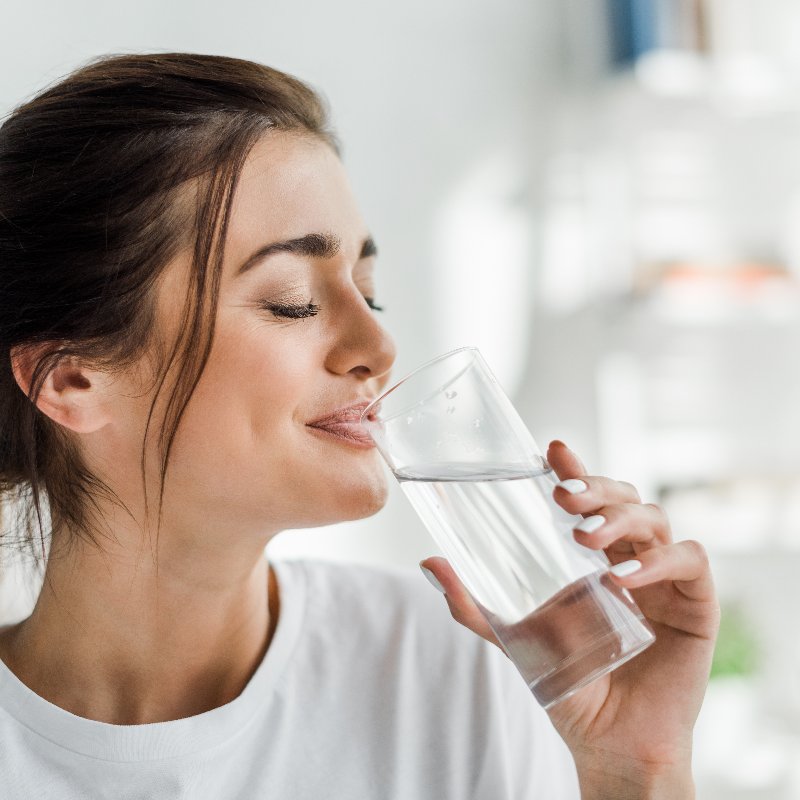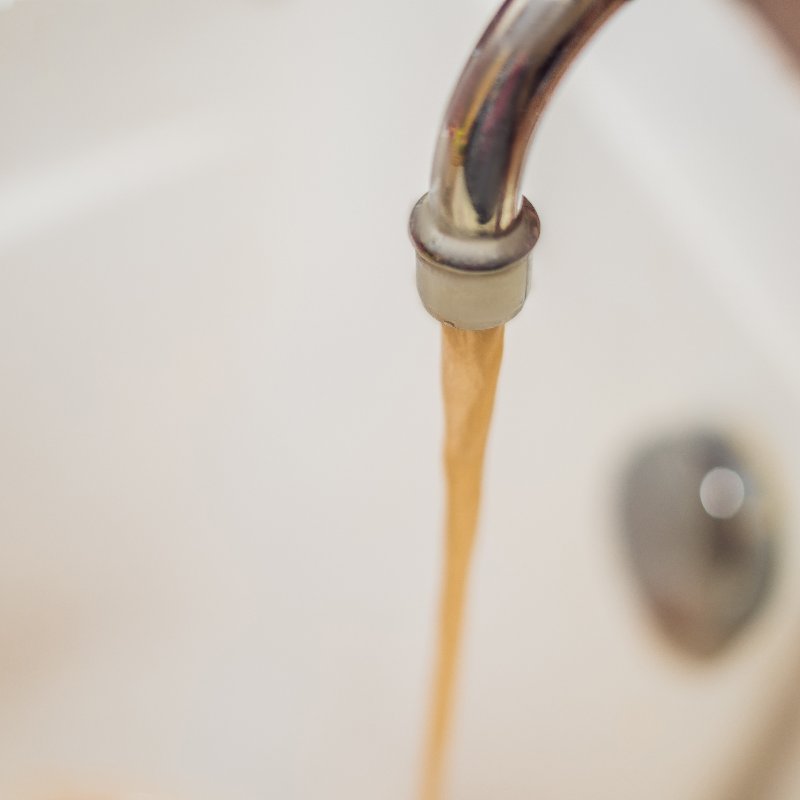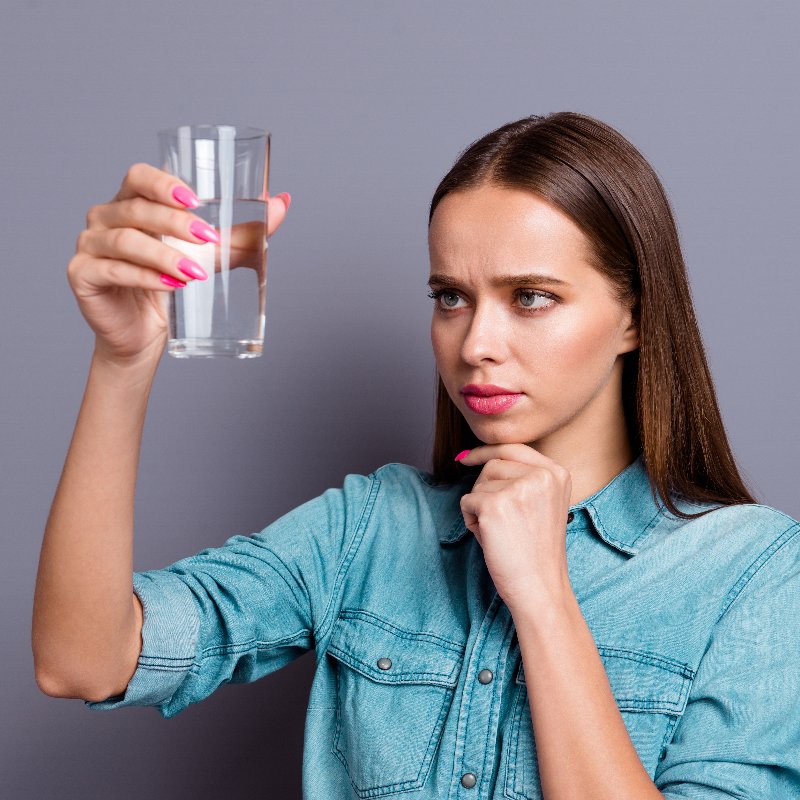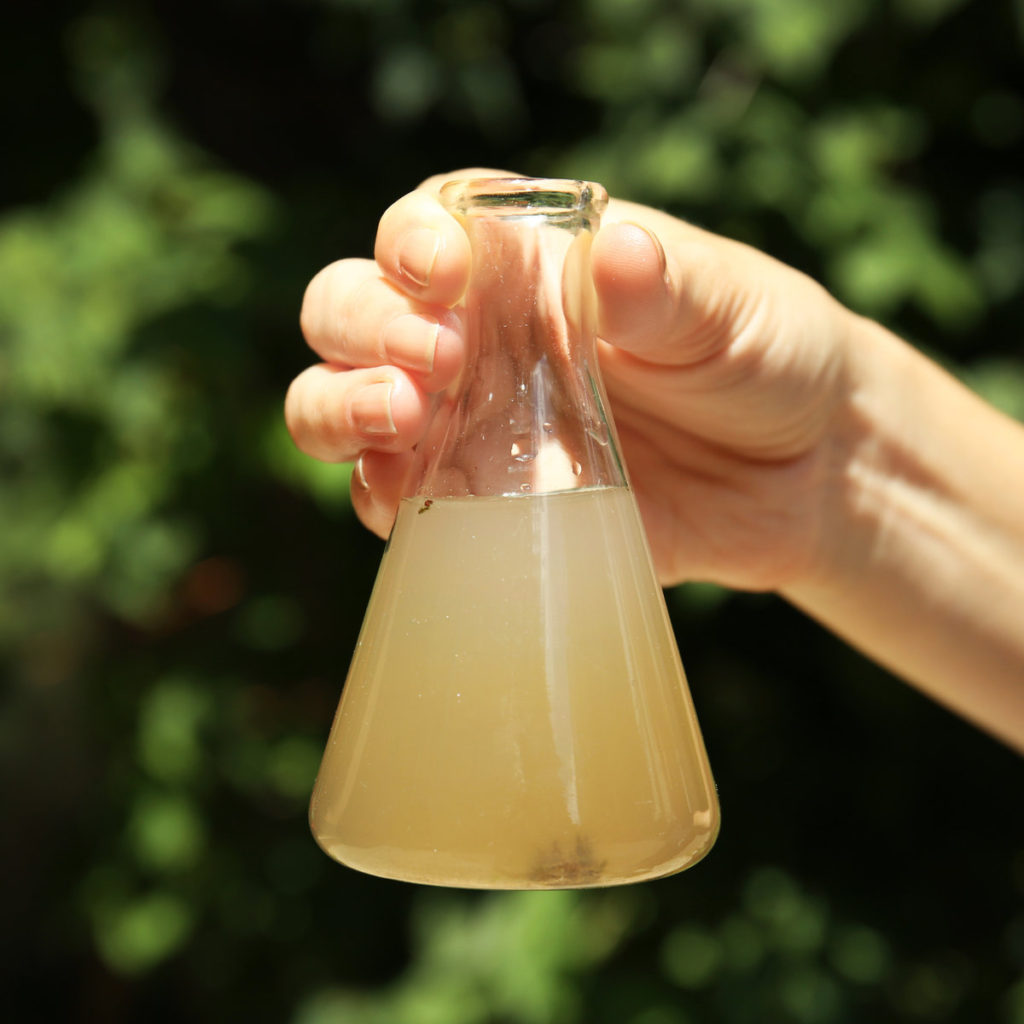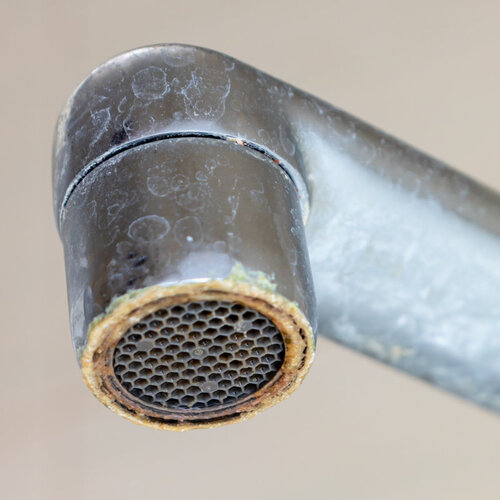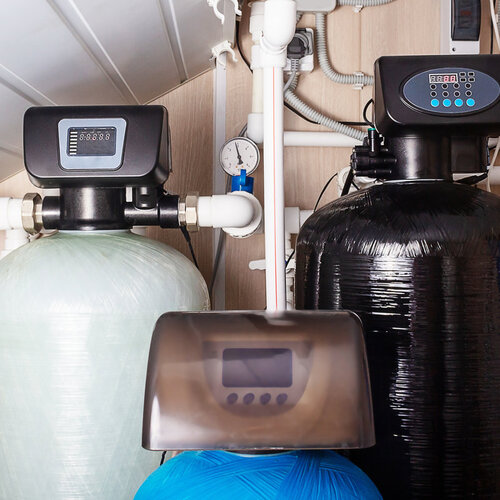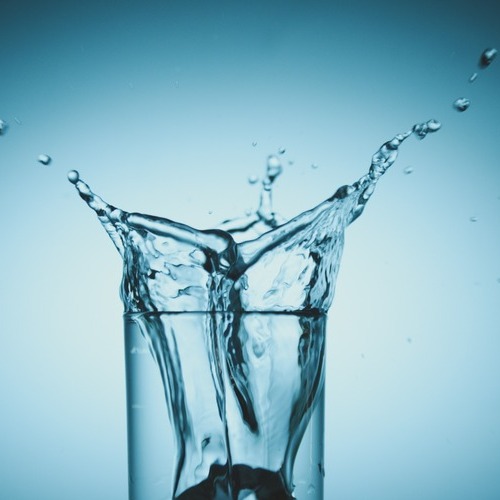
Do I Need Water Testing?
Water testing is crucial for ensuring the safety and quality of our drinking water and environment. Through comprehensive analysis, water testing reveals a variety of contaminants and provides valuable insights into water pH levels, turbidity, and dissolved oxygen content, which are essential for assessing water quality and ecosystem health. Regular testing helps identify potential sources of contamination, supports effective water treatment decisions, and ensures compliance with regulatory standards. Ultimately, it plays a vital role in safeguarding public health and preserving our natural water resources for future generations. Fortunately, you can get free water testing in Leander, TX by working with professionals such as the team at Ozone Pure Water. Meanwhile, we’re here to answer some common questions about why water testing is so important for your home or business.
What Contaminants Can Be Found Through Free Water Testing?
Water testing reveals a diverse array of contaminants that can compromise water quality and safety. Common contaminants detected include heavy metals such as lead, mercury, cadmium, and arsenic, which can enter water sources through industrial discharges, mining activities, or old plumbing systems. Microbial contaminants such as bacteria (e.g., E. coli), viruses, and parasites like Giardia and Cryptosporidium pose significant health risks if present in untreated water supplies. Organic pollutants like pesticides, herbicides, and industrial chemicals (e.g., PCBs, dioxins) can leach into waterways from agricultural runoff, urban stormwater, or improper disposal practices. Nutrient pollutants such as nitrogen and phosphorus from fertilizers and sewage can cause harmful algal blooms and disrupt aquatic ecosystems. Comprehensive water testing is essential to identify and quantify these contaminants, enabling effective management strategies to protect both human health and the environment.
Can Water Testing Identify Hard Water?
Water testing can identify hard water by measuring the concentration of dissolved minerals, primarily calcium and magnesium ions. Hard water forms when groundwater percolates through limestone and chalk deposits, picking up these minerals along the way. While not harmful to health, hard water poses several issues. It can lead to limescale buildup in plumbing fixtures, appliances (such as water heaters and dishwashers), and on dishes and glassware, reducing their efficiency and longevity. Hard water also decreases the effectiveness of soaps and detergents, requiring more product to achieve satisfactory cleaning results. Additionally, it can leave a residue on skin and hair, causing dryness and irritation. By accurately identifying the hardness of water through testing, appropriate treatment methods such as water softening can be employed to mitigate these problems and improve overall water quality.
What Other Problems Can Water Testing Identify?
Water testing can identify a wide range of problems beyond microbial contaminants and hard water. Some of the other issues that can be detected through water testing include:
- Chemical Contaminants: Various chemicals such as pesticides, herbicides, industrial chemicals (e.g., PCBs, dioxins), heavy metals (e.g., lead, mercury, arsenic), and pharmaceuticals can be detected through water testing. These contaminants may originate from agricultural runoff, industrial discharges, or improper disposal practices.
- Nutrient Pollution: Testing can reveal elevated levels of nutrients such as nitrogen and phosphorus, which can lead to eutrophication in water bodies. Excessive nutrients promote the growth of algae and aquatic plants, leading to harmful algal blooms that deplete oxygen levels and harm aquatic life.
- pH and Acidity: Water testing determines the acidity (pH) of water, which is important for aquatic ecosystems and can affect the corrosion of pipes and plumbing fixtures.
- Turbidity: Turbidity testing measures the clarity of water, indicating the presence of suspended solids, sediment, or other particulate matter that can affect water quality and aesthetics.
- Radioactive Contaminants: Testing can detect radioactive elements like radon and uranium, which may naturally occur in groundwater and pose health risks if present in high concentrations.
- Volatile Organic Compounds (VOCs): These include chemicals like benzene, toluene, and trichloroethylene, which can originate from industrial processes, fuel storage, or improper disposal practices.
- Chlorine and Chloramine: Water testing can determine the levels of disinfectants like chlorine and chloramine used in water treatment, ensuring they are within safe limits for drinking water.
Identifying these problems through water testing is essential for ensuring the safety, quality, and regulatory compliance of drinking water and protecting environmental health. Regular testing helps monitor changes in water quality, identify sources of contamination, and implement appropriate treatment and management strategies.
It’s an unfortunate fact that our local water is not as clean as it should be. Fortunately, through free water testing, we can identify the pollutants in our water so we can take the steps necessary to provide water filtration and other tools to clean our water and make it safer to use and consume. If you’re interested in free water testing, just reach out to us. Call today at 800-633-8469 to schedule an appointment with our professionals.

